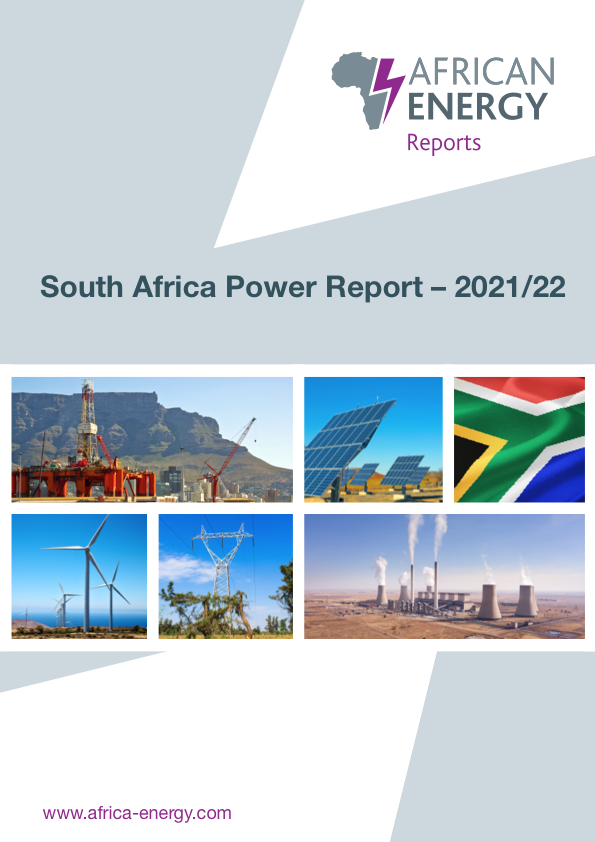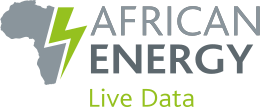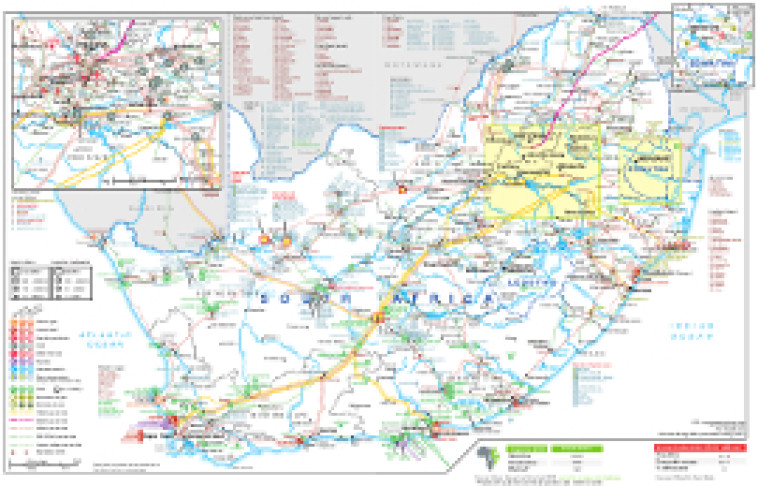Energy minister Gwede Mantashe has told parliament his department aims to procure 4.2GW of renewables by January, along with ambitious plans for coal and gas power. Controversial nuclear energy plans are also moving forward in an agenda which will raise hackles as well as presenting opportunities, writes Dan Marks
South Africa is aiming to start procurement of more than 9.2GW of new generation capacity by January 2022, according to a statement by mineral resources and energy minister Gwede Mantashe to the National Council of Provinces (upper house of parliament). A tender for 2.6GW of renewable energy would be launched in August, via a sixth round of the renewable energy independent power producer (IPP) procurement programme (REIPPP), and 513MW of storage will be tendered around the same time, Mantashe said in presenting his department’s R9.2bn ($665m) budget for FY2021/22 (the South African financial year runs from March to February) on 18 May.
This big package will be followed by tenders for 1.5GW of coal and 3GW of gas around December and another 1.6GW of renewables in January 2022, the minister said. A fifth round of the REIPPP was launched with a request for proposals last month (AE 436/1 ).
The industry is awaiting further details of the ambitious procurement of coal and gas power. Previous attempts at gas procurement were hampered by currency issues and questions of whether the bidding consortia should be integrated across the value chain. A consultation process stalled soon after the release of a project information memorandum in 2016 (AE 332/1 ).
The structure of the programme has changed since then, as has the broader energy environment, with gas supply options proliferating. State utility Eskom is looking at the potential of converting some older coal plants to operate using gas piped from Mozambique, while three Karpowership IPPs were procured through the risk mitigation IPP procurement programme (RMIPPP) earlier this year including plans for floating storage regasification units (AE 436/11 ).
Controversy continues to surround the Karpowership element of the RMIPPP contract awards. A legal case was filed by DNG Energy in April to be named a preferred bidder in place of Karpowership. However, this will not be heard by the High Court in Pretoria until mid-July at the earliest.
Also highly controversial, Mantashe said drilling of a planned 3,500-metre stratigraphic hole in the Karoo to test for shale gas had reached a depth of 2,750 metres, with the first pocket of gas found at 2,467 metres and spanning a depth of 55 metres; 34 samples have been taken for analysis.
A Gas Amendment Bill was introduced to parliament on 30 April which aims to facilitate investment. Mantashe also noted that the Upstream Petroleum Bill had been approved by cabinet and will soon go to parliament.
Mantashe said environmental impact assessments had been completed for three 1GW gas-fired power plants in special economic zones. Requests for proposals would be issued in the second half of the 2021/22 financial year.
Financing concerns
However, the government’s poor sovereign credit rating – which suffered several downgrades in 2020 and is rated as junk by the three main credit ratings agencies – will exacerbate long-standing concerns about the ability of South African financial institutions to finance large gas projects. This is likely to result in more pressure to increase tariff indexation.
The World Bank Group’s International Finance Corporation has said it will consider backing gas-to-power plants in South Africa.
Concerns over the ability to finance new coal plants are even more pronounced. Many institutions have ruled out funding coal projects, including most of the major South African commercial banks and export credit agencies in Organisation for Economic Co-operation and Development countries. The failure of two previous coal power projects has not inspired confidence, after they were selected through the IPP programme but were then confronted by damaging legal battles with environmental campaigners,.
Mantashe has previously said all new coal plants would use high efficiency, low-emissions technology which is less well-established and harder to finance. Long delays and cost overruns at Eskom’s Medupi and Kusile plants, which both use higher efficiency technology, should cause some prospective financiers to hesitate.
Just as controversial was Mantashe’s announcement that a request for proposals would be issued for 2.5GW of nuclear power. Mantashe said 25 submissions had been received following a request for information last year (AE 427/14 ). A National Nuclear Regulator Amendment Bill has been approved by cabinet and will be published soon for public comments, with the aim of being tabled in parliament during FY2021/22. Work to draft a Radioactive Waste Management Fund Bill is at an advanced stage.
Mantashe said 1.2GW of renewable power procured during the fourth round of the REIPPP had been added to the grid in 2020, with the remaining 1GW due online this year. He added that 200MW had been procured from IPPs under the short-term power purchase programme. Eight preferred bidders have been selected through the RMIPPP, but Mantashe said the position of three of them was still dependent on meeting value for money conditions (AE 436/11 ).
Distributed generation shift
Mantashe also emphasised recent changes to Schedule 2 of the Electricity Regulation Act, which covers distributed generation projects. This increased the installed capacity threshold under which a generation licence is not required from 1MW to 10MW. This development is expected to result in significant new capacity being brought online.
However, this increase was less than many in the industry had expected. On 21 May, the Western Cape government called for the threshold to be increased to at least 50MW and for the registration process to be simplified.
All owners of distributed systems must register them with the regulator. To date, 200 projects smaller than 1MW have been registered with a combined capacity of 94MW, while five projects have been licensed with capacity larger than 1MW.
Mantashe also told parliament he “noted with delight” that the mining industry was taking seps towards self-generation, adding that Gold Fields would soon begin work on a 40MW solar PV plant at the South Deep mine . This unit was awarded a generation licence in March.
South Africa Power Report 2021/22

The challenges facing the South African electricity supply industry have intensified over the past year, with the coronavirus emergency placing a heavy burden on the economy while severe load shedding has been imposed despite a fall in demand.
African Energy’s South Africa Power Report 2020/21 assesses the causes and symptoms of this crisis from political power struggles, governance issues and the long list of policy documents that are supposed to guide the ESI's future direction – but where in many cases ambitions are unfulfilled – to the country’s huge potential for renewable energy and the pressures of ensuring a ‘just transition’ away from coal.
Read more






